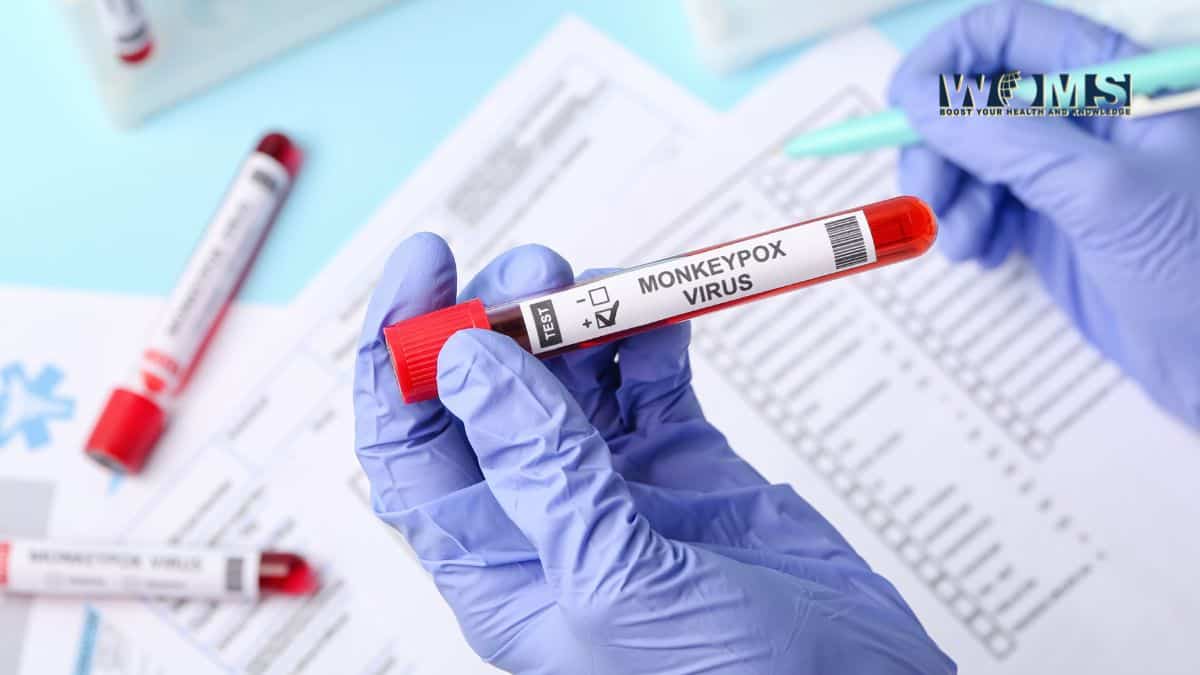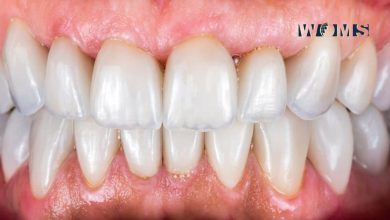What is Monkeypox: Is it New Public Health Concern?

The most recent public threat monkeypox brings us more and more cases, so being slightly concerned about it is absolutely normal. Most likely, keeping in mind the coronavirus disease, decent attention to monkeypox from the government and health community is nearly guaranteed. But every member of society should at least have a primary understanding of what is that very newest threat.
Let’s find out what monkeypox actually is, how it’s transmitted, and what symptoms the infection causes.
What is Monkeypox?
Monkeypox is a viral infection induced by the monkeypox virus. The latter is close to the variola virus causing smallpox. The monkeypox virus belongs to the Orthopoxvirus genus. Basically, monkeys and humans are more incidental hosts, meaning that in nature, the disease does not regard people as the target objects, so to speak.
Monkeypox is not unknown to humanity. The case happed to a Texas resident traveling from Nigeria that happened last summer, just the first case since an outbreak in 2003. It was reported that the current outbreak is the very first documented example of monkeypox spreading among people in a non-endemic setting, which is not a very encouraging statement.
Transmission of Monkeypox
Monkeypox is a well-researched disease. Experts claim that person-to-person transmission occurs mainly with respiratory materials. Such as droplets. Obviously, it requires prolonged face-to-face contact. Besides, it would be induced if a person was in contact with infected body fluids or lesion material.
There are reports of transmission by objects, including shared blankets or towels. But these are rare occasions.
People are considered infected five days prior to the development of symptoms.
Symptoms of Monkeypox
Here are some proven monkeypox symptoms that everyone should be aware of:
- Rash
- Fever
- Chills
- Swollen lymph nodes
- Exhaustion
- Headache
- Muscle aches.
- Regular respiratory symptoms such as a sore throat. nasal congestion, etc.
The rash is considered the predominant symptom. It may be located on or near the genitals. It also may be on other areas, including hands, feet, chest, face, or month. Initially, the rash looks like pimples or blisters. It may be painful and itchy. The rash typically goes through several stages, including scabs, before healing completely.
In case you suspect someone in your circle experiencing the detailed symptoms, you should contact the nearest centers for disease control and prevention to get instructions on how to get treatment and just to share your experience with the disease.




